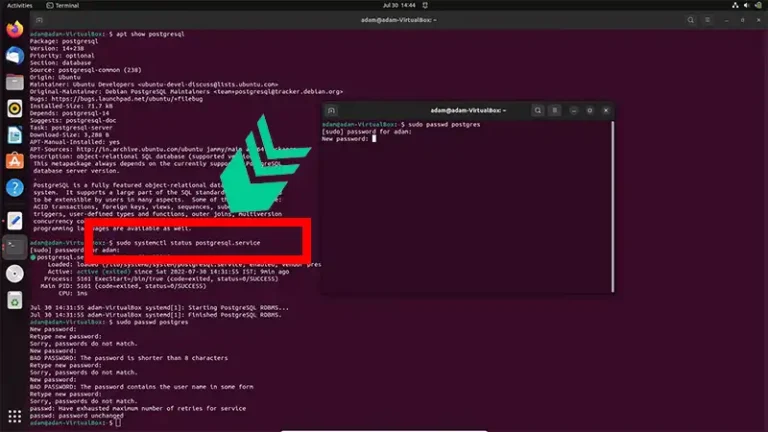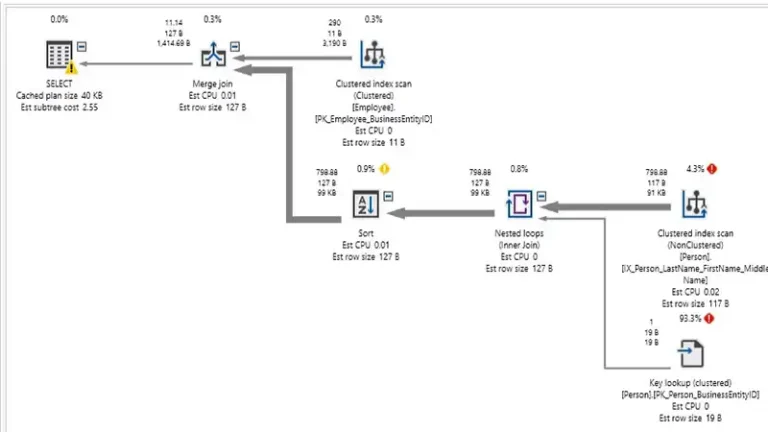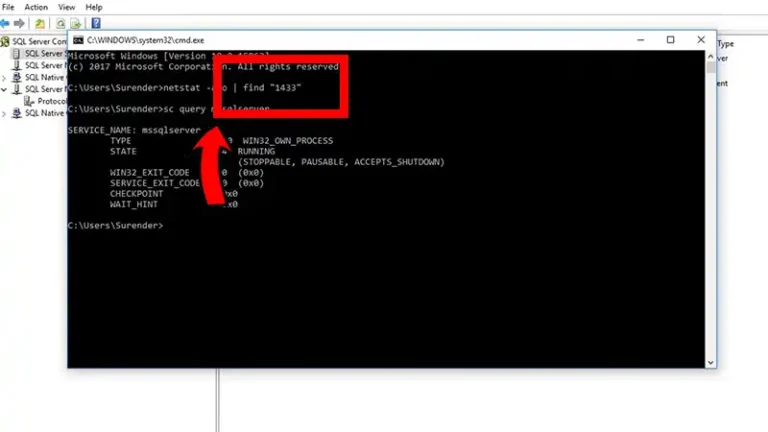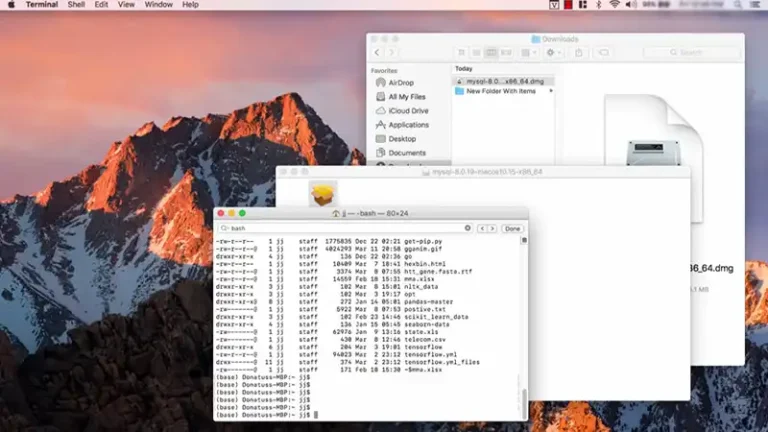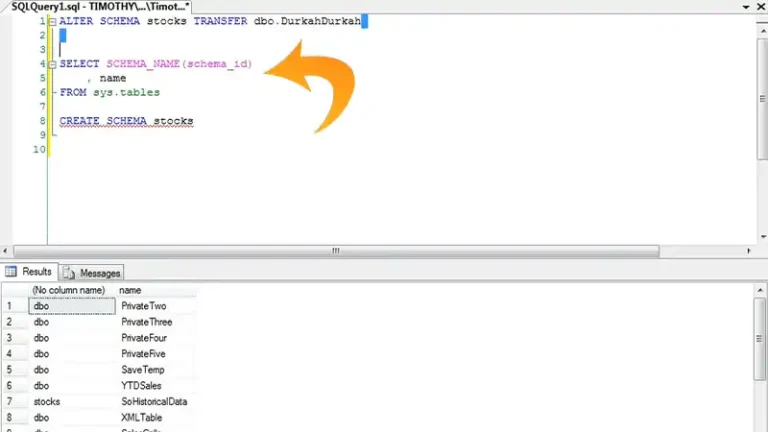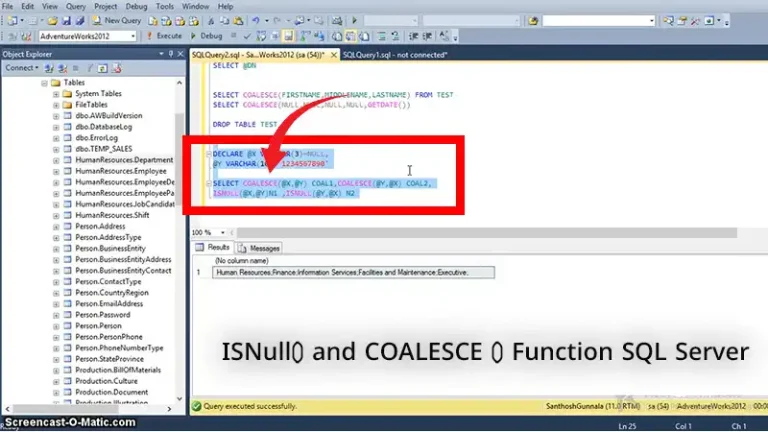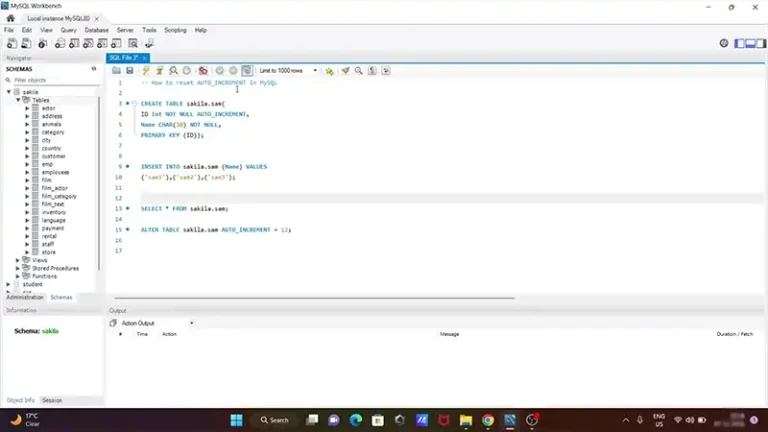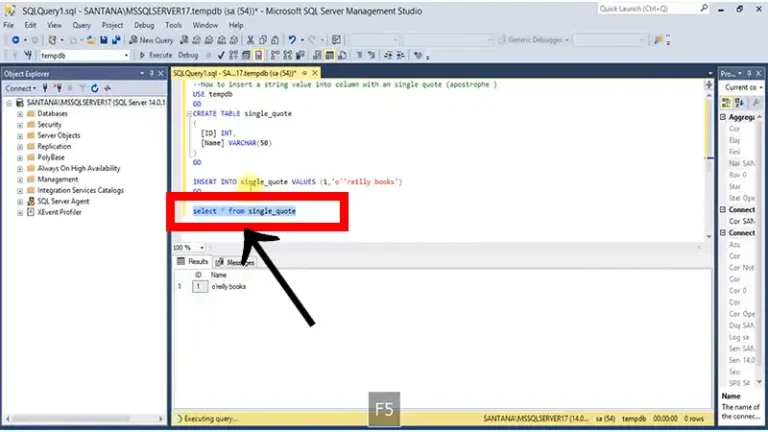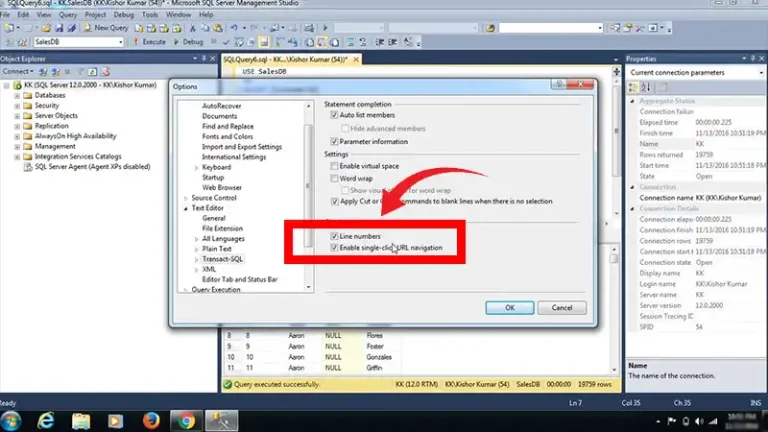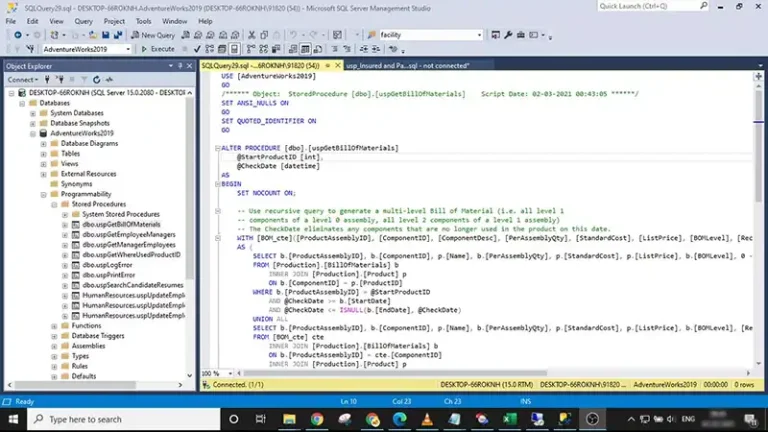Start Postgres Server on Ubuntu: A Step-by-Step Guide
PostgreSQL is a powerful, open-source object-relational database management system (ORDBMS) that is known for its reliability, feature richness, and performance. It is a popular choice for a wide variety of applications, from small web applications to large enterprise databases. In this content, we will show you how to start the PostgreSQL server on Ubuntu. We…

